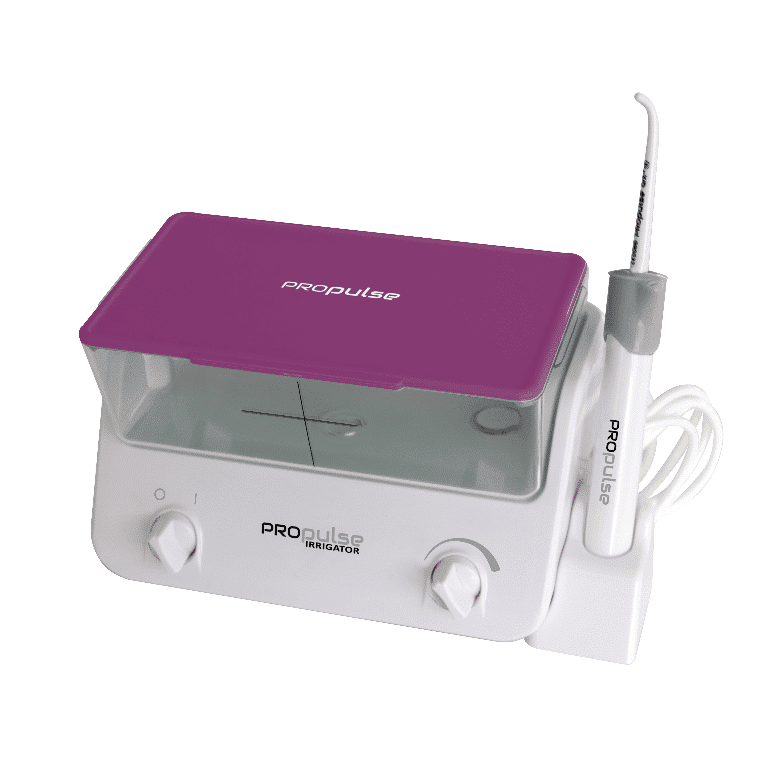Purpose of ear irrigation
by Admin
Posted on 23-08-2022 08:06 AM

The main purpose of the
ear
irrigation process is to remove ear wax that is obstructing the ear canal or to remove a foreign object lodged in the ear canal. This method is most commonly performed on those who experience a wax build-up that has impaired hearing and caused irritation in the outer ear canal.
The primary objective of the method is to clean the canal of wax discharge, to soften and remove impacted cerumen, or to completely dislodge a foreign object. Ear wax removal by the method of irrigation is a safer and more effective method of cleaning the ears.
Most of our clinics offer the irrigation method of earwax removal for people who are more comfortable with it and for situations that require it. The procedure is undertaken with a spray type ear wash machine or hand held manual spray wash bottle, which is commonly used in the medical setting. The irrigation solution is carefully warmed to body temperature for comfort. Ear irrigation involves using a pressurised flow of water to remove the build-up of ear wax. This is a straightforward procedure where a controlled flow of water, at body temperature, is squirted into the ear through a purpose-made machine (an electronic ear irrigator) or spray wash bottle.
It might seem that earwax exists to stick to the end of a cotton swab and subsequently gross us out, but it does have a greater purpose. Like the mucus that coats your nasal passages, or even your tears, earwax exists to keep your ears healthy by trapping unhealthy material until it can be removed. Earwax is a normal and healthy part of being human, but it can get out of control and possibly cause damage if not properly and carefully removed. The medical team at family urgent care in chicago is led by asrar sheikh, md , and teofilo vinluan, md , two experienced professionals who offer ear irrigation for irritating wax buildup.
Generally speaking, yes, ear irrigation is relatively safe–so long as you follow all of the instructions as written. You don’t want to improvise when you’re sticking syringes in your ears. Some basic safety tips for ear irrigation include: use only blunt-tipped syringes that come with the kit (again, don’t put sharp things in your ears). Do not try ear irrigation if you’ve experienced any trauma to your ears (including surgery) or infections. You should also avoid ear irrigation if you have any middle ear disease or you’ve ever received radiation treatments for your ear. Use only ear irrigation devices designed specifically for that purpose (using a makeshift or improvised device that could cause damage to your eardrum, including perforation).
Risks of ear irrigation
A perforated eardrum, or if you have had a perforation in the last 12 months. Previously had problems with irrigation, such as pain in your ear or severe vertigo. Have a discharge of mucus from your ear or have had an ear infection in the preceding two months. You have had any ear surgery (apart from cases of extruded grommets which had come out at least 18 months beforehand). Have recurring or persistent infections of the ear canal. You have had a middle ear infection (otitis media) in the past six weeks.
 You have a foreign object inside the ear canal.
You have a foreign object inside the ear canal.
Published by gina november 7, 2019 ear irrigation is an effective method of ear cleaning. It involves flushing your ears with liquid to remove earwax buildup and foreign matter. Hardened earwax can cause hearing loss, dizziness, and pain. Irrigation does an effective job of removal, but it does have risks. Physicians will not suggest irrigating the ears for people with specific medical histories. Please remember that it is best to have a healthcare professional irrigate your ears.